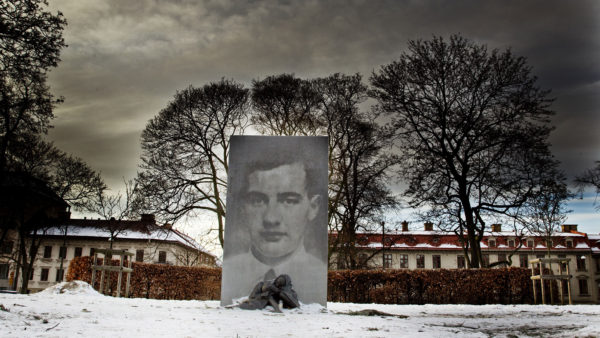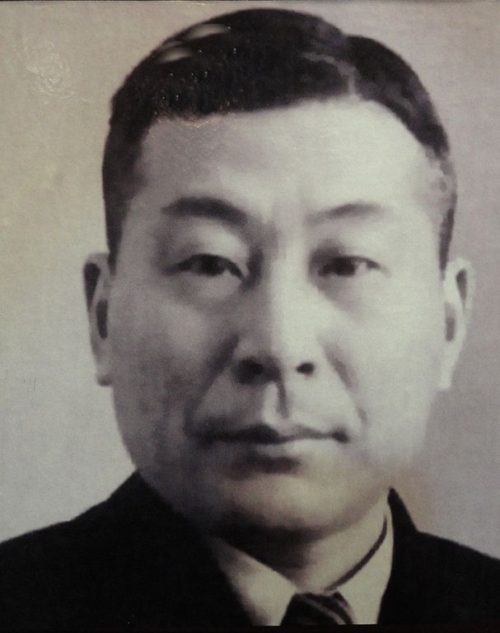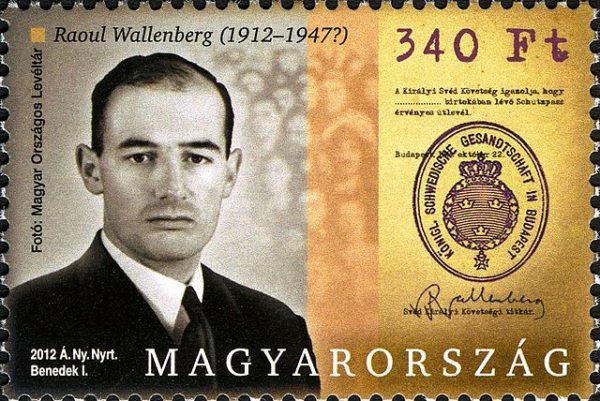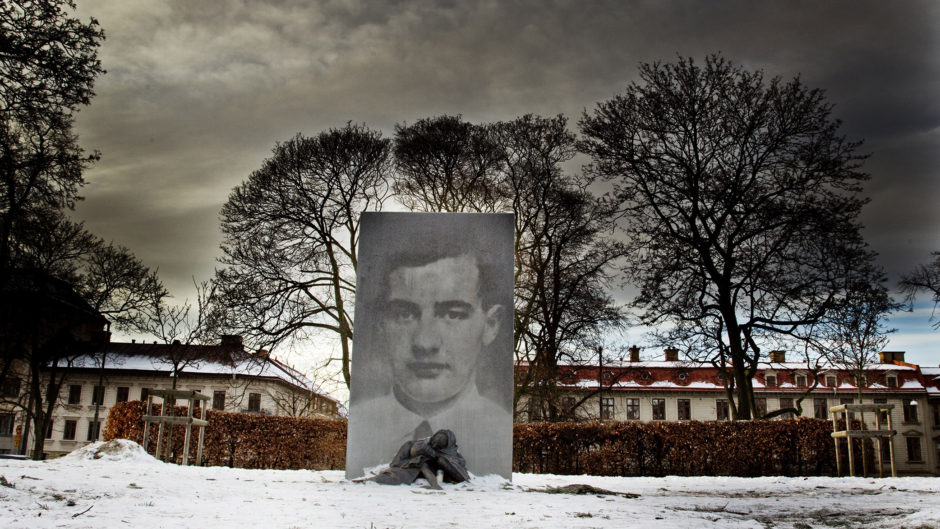
On October 26, at the request of his family, Raoul Wallenberg, the Swedish diplomat credited with saving thousands of Hungarian Jews during World War II, was formally declared dead, almost 72 years after he disappeared in January 1945.
Few positive stories emerged from the Holocaust. For every Oskar Schindler, the subject of the 1993 movie Schindler’s List, there were many thousands, indeed hundreds of thousands, of Nazi murderers and their collaborators.

As well, most ordinary people could do very little to help Jews, even if willing to risk their own lives and those of their families.
At best, they might hide one Jewish family or help another escape those planning to send them to their deaths.
That is why a few well-placed diplomats played an outsized role in saving Jews. They had the wherewithal to provide Jews with safe passage out of Europe, or to supply them with documents granting them some form of asylum or otherwise enabling them to stay out of the clutches of the Nazi executioners.

Among them was Chiune Sugihara, who served as Japan’s vice-consul in Kaunas, Lithuania. In the summer of 1940, he helped some 6,000 Jews leave the country by issuing transit visas allowing them to escape Eastern Europe and travel to Japanese territory. Risking his own career in the process, he was forced to resign from the Japanese diplomatic service in 1947 for his actions in Lithuania.
Another heroic figure was Aristides de Sousa Mendes, the Portuguese consul general in Bordeaux, France, who saved 30,000 people, one third of them Jewish, in June 1940, as France fell to the Germans. He issued them visas, against the wishes of his country’s fascist dictator. Stripped of his job and pension, he and his family were forced into a life of poverty in the years following World War II.
The best-known was Raoul Wallenberg, who was appointed secretary in the Swedish embassy in Budapest, Hungary, in the summer of 1944.
Hungary was by then virtually the only state in Axis-dominated Europe whose Jewish community had remained safe from the Nazi Final Solution, despite its regime being allied to Germany.
But that changed on March 19, 1944, when German troops occupied the country. In the two months that followed, the Nazis deported 440,000 Jews, mainly from outside Budapest, to the largest and most infamous Nazi death camp, Auschwitz-Birkenau, in Poland.
An additional 230,000 Jews remained in the capital, where they awaited their fate.
Meanwhile, the American War Refugee Board requested that Sweden, which had stayed neutral during the war, send a special envoy to Budapest to spearhead a rescue effort. So in the summer of 1944, Sweden agreed to use its diplomatic mission in Budapest to help Hungary’s remaining beleaguered Jews.
Raoul Wallenberg, a member of one of Sweden’s wealthiest and most prominent families, was selected to be that envoy. He was an ideal choice, as he was sympathetic to the plight of European Jews, could speak Hungarian and German, and was familiar with Budapest. He was given full diplomatic privileges and his principal task would be to issue passports.
By the time Wallenberg arrived in July, the only Jews left in Hungary were in Budapest. The Swedish embassy began issuing travel documents, known as a Schutz-Pass, or protective pass, to Hungarian Jews. Wallenberg introduced the colours of the Swedish flag, marked the documents with government stamps and added Swedish crowns.
Wallenberg persuaded the Hungarian authorities that Jews holding these passes were under Swedish protection. Altogether, he issued Swedish diplomatic papers to more than 30,000 Hungarian Jews, preventing their deportation and murder.

Wallenberg also bought and rented more than 30 buildings in Budapest. He ordered that the Swedish flag be flown over these houses, thus converting them into official Swedish embassy annexes and shielding their inhabitants from the Nazis. At least 10,000 Jews moved into these safe houses for protection.
On January 17, 1945, as Hungary was falling to Soviet forces, Wallenberg began a journey to Debrecen, 120 miles east of Budapest, where the Soviets and a provisional Hungarian government were headquartered.
The exact purpose of the trip is unknown, but Wallenberg was taken into custody by Soviet forces and was never seen or heard from again. The reason for the arrest was never made clear, though some have suggested that the Soviets might have believed Wallenberg was a spy for Western nations.

On February 6, 1957, Soviet Deputy Foreign Minister Andrei Gromyko released a report to the Swedish authorities informing them that Wallenberg had died of a heart attack on July 17, 1947 in Moscow’s infamous KGB-run Lubyanka prison. In the ensuing decades, various sources claimed that Wallenberg was still alive and being held by the Russians.
On December 23, 2000, Russian officials admitted that Soviet forces had wrongfully held Wallenberg at a Soviet prison. But no document certifying that he was executed has ever been found and his exact fate still remains a mystery.
Henry Srebrnik is a professor of political science at the University of Prince Edward Island.

